Digging Deep: An Expert Guide to Excavators and Their Types
Regardless of whether you want to rent or buy an excavator machine, it is essential that you enter the buying process with an awareness of the many kinds of excavators, their capabilities, and their limitations.

The arm, bucket, rotating cab, and movable tracks distinguish excavators from other earth-moving machines. The primary distinction between the various types is their size since size corresponds with
mobility and lifting and digging capacities. For example, caterpillar's smallest mini-excavator weighs barely 2,070 pounds and has 13 horsepower, while their biggest machine, the CAT 6090, weighs a record-breaking 2,160,501 pounds and has 4,500 horsepower.
Depending on the working circumstances and needs of the task, the kind of excavator you'll need may vary. Will you need to excavate the ocean? A dragline excavator machine or an excavator with a long reach may be your best option. Will you be working in a landscape with
hills? Your best option may then be a crawler. Regardless, let’s take a look at all kinds of excavators and how they’ll be useful for you:
Different types of excavators
Below, we describe seven distinct kinds of excavators and their varied applications.
Crawler Excavators
- Use for: mining, landscaping, and excavating trenches.
- Pros: It works well on uneven ground.
- Cons: It's slower than an excavator with wheels.
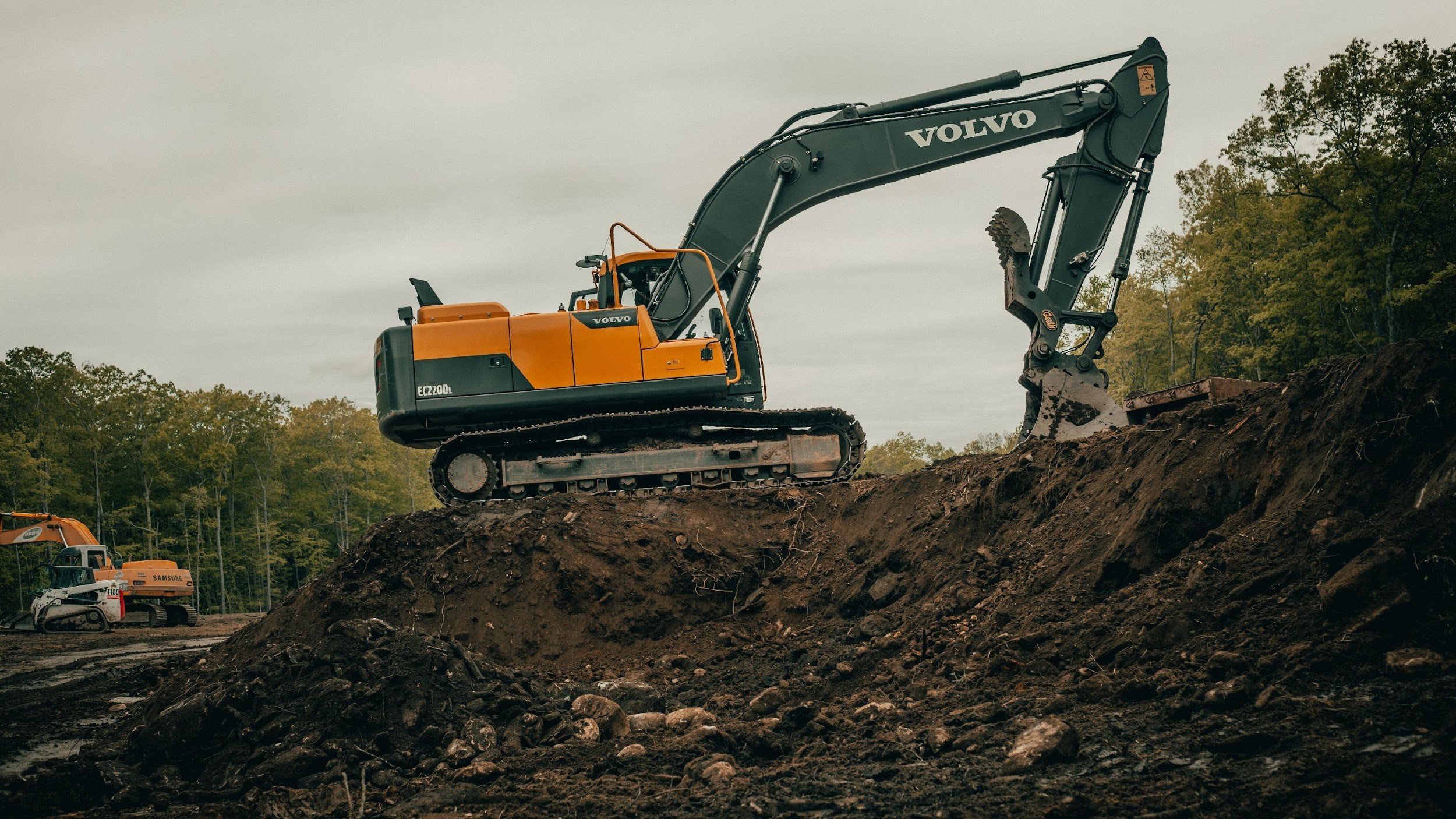
The crawler excavator (also known as the conventional excavator machine) is referred to as a crawler because it travels on two revolving tracks, similar to how a tank does. The crawler is powered by hydraulics and, although slower than a wheeled excavator, is more stable due to its tracked chassis. This is what makes the crawler excavator machine an excellent option for steep, rocky, or muddy terrain: the chain wheel system improves its balance on uneven ground.
Wheeled excavator machine
- Use for: tasks involving flat/solid surfaces
- Pros: Moving around on concrete is quick and easy
- Cons: It doesn't work well in muddy or hilly terrain.

The wheeled excavator is like the crawler (regular) excavator, except instead of tracks, it has wheels. Since the wheeled excavator has less traction than the normal model, it is best suited for usage on asphalt or concrete.
While the wheeled excavator machine is unsuitable for areas with soft soil or hills and slopes, it operates more quickly than a crawler on flat, firm surfaces. Moreover, it is easy to move.
Suction Excavators
- Use for: delicate digging tasks, trash removal, and subterranean construction.
- Pros: Lessens the chance of damaging the surrounding area or underground utilities.
- Cons: The suction pipe typically has a diameter of 30 centimeters or less, making it unsuitable for large-scale applications.
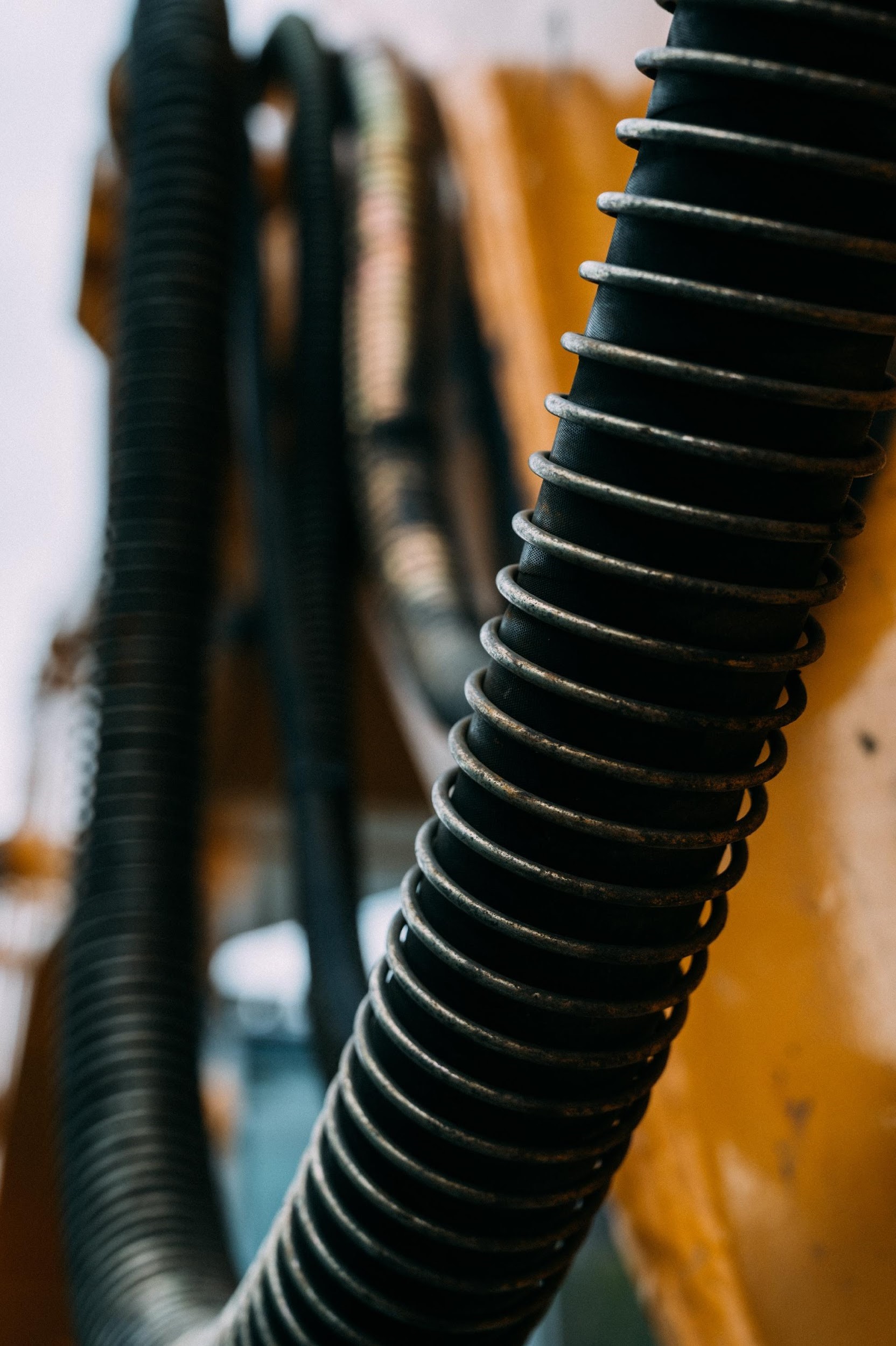
Suction excavators, sometimes known as vacuum excavator machines, include a suction pipe that works as a high-pressure vacuum. Working in unison with an integrated water jet, the suction system quickly vacuums up dirt and debris at 200 miles per hour.
Suction excavator machine are often used by construction organizations for works that need cautious and exact excavation, since they reduce the risk of area damage by half.
Long Reach Excavators
- Use for: difficult-to-reach locations
- Pros: Its long, extended arm makes it simpler to dig from a safe distance.
- Cons: The lengthy arm prevents excavation in confined places.

The long reach excavator machine has a longer arm and boom, as its name indicates. The extensible arm of the long reach excavator has a range of 40 to 100 feet, allowing it to reach construction zones more than 100 feet distant horizontally.
This kind of excavator is designed for operations when the terrain or
construction site prohibits the machine and operator from approaching too close, such as demolition projects across a river or lake.
Hydraulic Shovels
- Use for:mining and heavy excavation endeavors.
- Pros:It has a strong engine and a capacious bucket.
- Cons: Its size is excessive for many applications.
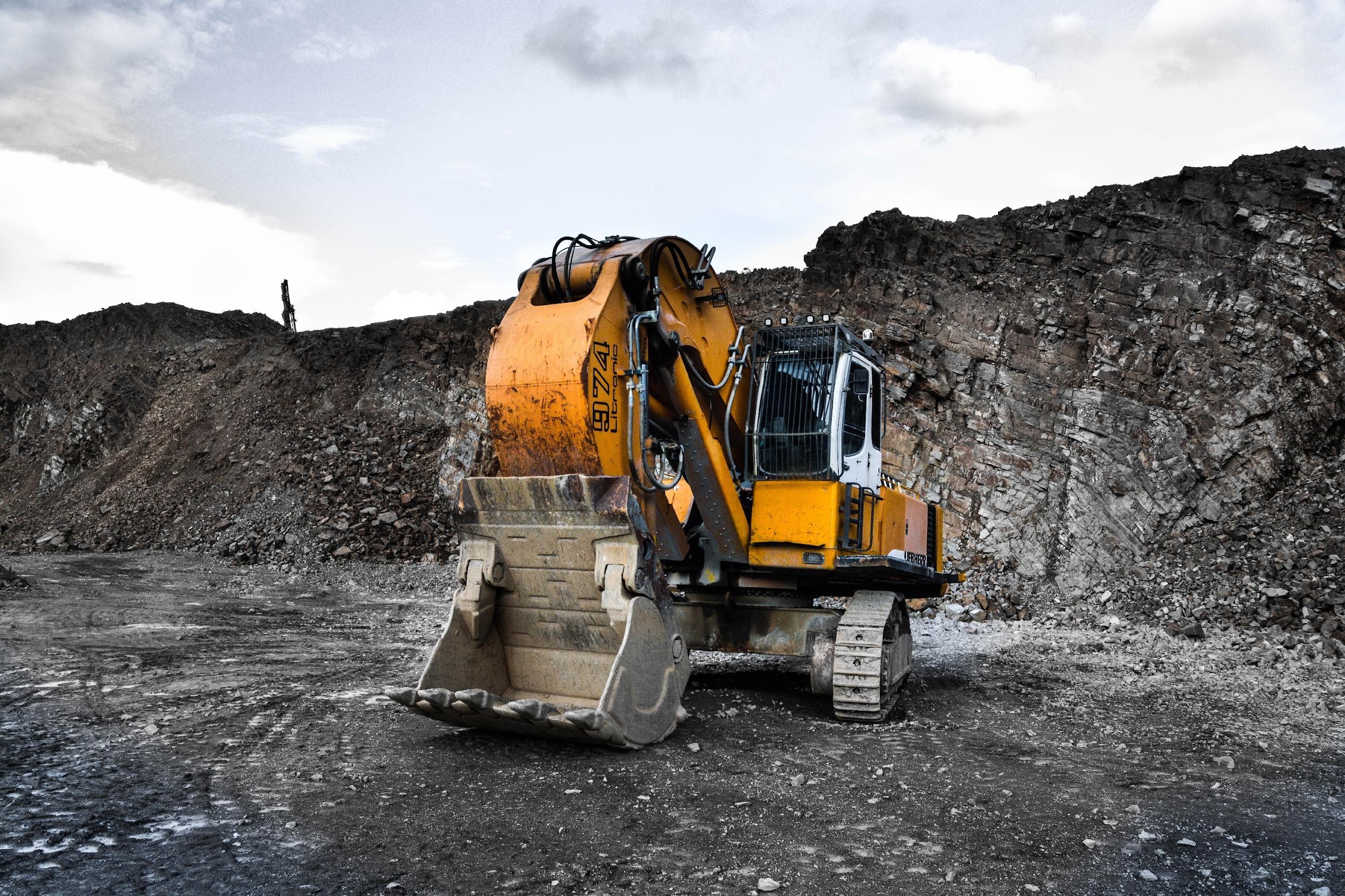
Hydraulic shovels, often known as power shovels, are the most powerful form of excavator machine. The hydraulic shovel is well suited for any task that demands the lifting and transportation of huge boulders,
minerals, or other heavy items or materials.
Dragline excavator machine
- Use for:driving deep piles, harbor construction, surface mining, deep excavation, road excavator, and underwater activities.
- Pros:Dragline excavators can dig down to a depth of at least 65 meters (213 feet).
- Cons: Its big size and rigid system mean that it can only be used for certain jobs.
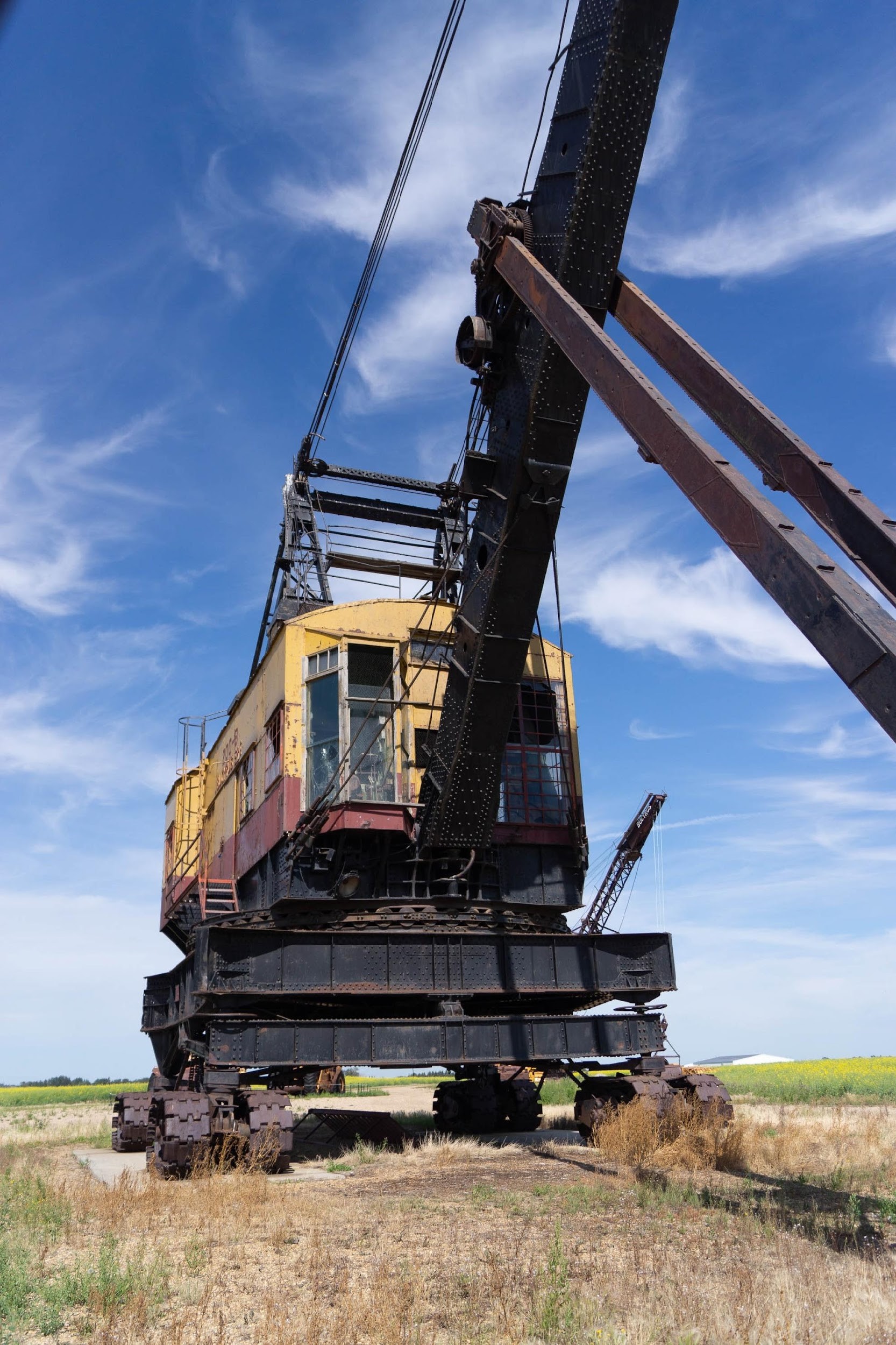
The dragline excavator machine exceeds the norm in size. Furthermore, it functions differently. The dragline employs a hoist rope system and a dragline to lift and lower the bucket and to pull it toward the operator.
This excavator's hoist and dragline mechanism makes it perfect for underwater excavation.
Skid Steers
- Use for:clearing a site, debris removal, and pool cleaning.
- Pros:Its compact size makes it perfect for use in confined spaces or on locations with restricted space.
- Cons: A skid steer doesn't have tracks, so it might not do well on uneven, muddy, sandy, or snowy ground.

The biggest difference between a skid steer and a standard excavator machine is that with a skid steer, the boom and bucket face away from the driver.
Skid steers are widely utilized for residential and small-scale operations.
Excavator Accessories and Components

By substituting attachments, excavator machines may be adapted to meet the requirements of a certain operation. Typical hydraulic attachments include buckets, augers, breakers, thumbs, and couplers. Following is a description of each term.
Bucket
The most frequent excavator machine attachment is a bucket. Their tooth-like edges and steel construction make them perfect for digging and scooping. The most prevalent types of buckets are those used for grading stones (the ditching bucket) and for digging trenches (the trenching bucket). When determining the kind of bucket to buy or rent, it is crucial to consider the soil quality and any necessary equipment, such as couplers.
Auger
Augers are implements used for drilling into the earth. Powered by hydraulic circuits, they dig holes quickly and efficiently. Augers vary in length from 4 to 50 inches and may excavate up to 32 feet.
Breaker
Like a bigger jackhammer, breakers are perfect for breaking down stone, boulders, and concrete.
Thumb
For materials that are too huge to fit in a bucket, such as a tree trunk or a block of concrete, thumbs work well. They are simple to attach and remove.
Couplers
Couplers facilitate and expedite the exchange of attachments. A coupler may assist to save time, money, and labor when a work involves frequent attachment adjustments.
A Comparison between an Excavator and a Backhoe
Other than size, the capacity to rotate is the primary distinction between an excavator and a backhoe. Backhoes (diggers) can only rotate 200 degrees, but excavator machine can revolve a complete 360 degrees (left and right).
Backhoes are often employed for works needing light to moderate labor, whilst excavators are used for activities requiring heavy to moderate labor.
Comparison between a Standard Excavator with a Mini Excavator
- Size - The mini excavator, also called a compact excavator, is smaller than the standard excavator.
- Control - The compact excavator has a decreased tail-swing or even a zero tail-swing, making it simpler to make tight turns and manage in small, confined, or narrow work locations, such as parking lots.
- Undercarriage - Compact excavators have a smaller undercarriage that may often be further compacted when the operator has maneuvered the digger through restricted passageways, such as entrances and gates.
- Weight - A mini excavator weighs less than a conventional excavator, making it simpler to carry between sites. A tiny excavator also takes less gasoline.
When to Use a Mini Excavator
It is essential to use a mini excavator anytime there is a remote chance that an excavator machine may collide with a
wall, vehicle, or other barrier, since this might not only cause damage to the obstruction but also to the excavator itself.
Before Choosing an Excavator, You Will Need to Know the Following
To guarantee you have the appropriate excavator for the task, you will need to have the following information on hand when you contact your equipment rental or sales firm.
Size of the machine - The size of the excavator you'll need will depend on how much you'll be lifting. A tiny (or compact) excavator can lift to six metric tons (or 13,227 pounds). A regular (or full-size) excavator can lift between 10 and 90 metric tons (or 10 to 22,046 pounds), while a mid-sized excavator can handle 6 to 10 metric tons (or 22,046 pounds) (or 22,046 - 198,416 pounds).
Conditions of your worksite - Is your worksite a level, barren landscape? Or is it a densely populated place with many buildings and other obstacles? The terrain will dictate the sort of equipment and accessories required to execute the task in an efficient and safe manner.
Weight - You'll need to know how much the excavator can carry. The last thing you want is a large excavator, since this might cause damage to the site.
Bucket capacity, digging depth, and reach - Different buckets can hold different
weights. You must ensure that the excavator you choose can accommodate the required bucket size. Your required digging depth and length will decide the excavator size and attachment type.
Storage availability - The final item on this list is very important if you're buying an excavator. Depending on the location of your business, you may require an indoor storage facility to keep the excavator during extreme cold, inclement weather, or significant rainfall.
Should you purchase or rent an excavator? Two factors to consider
Current financial condition - When acquiring an excavator, you'll either need a sizable amount of cash on hand or a good credit score to qualify for a loan. Keep in mind that while a purchase may have a higher initial cost, it may save you money in the long run, particularly if you intend to use the equipment regularly. Rental costs might mount up quickly.
Job frequency - How often will the machine be required? Run the numbers to see which choice is best for your company, but as a general guideline, you should purchase if you utilize the equipment more than 65 percent of the time. If you utilize it less than 65 percent of the time, or less than eight months a year, you should rent.
Other variables to consider when determining whether to rent or purchase include the potential tax benefits of purchasing as well, the return on investment - you can always sell the excavator after you're done repaying your expenses or look for excavator rentals near Dubai.
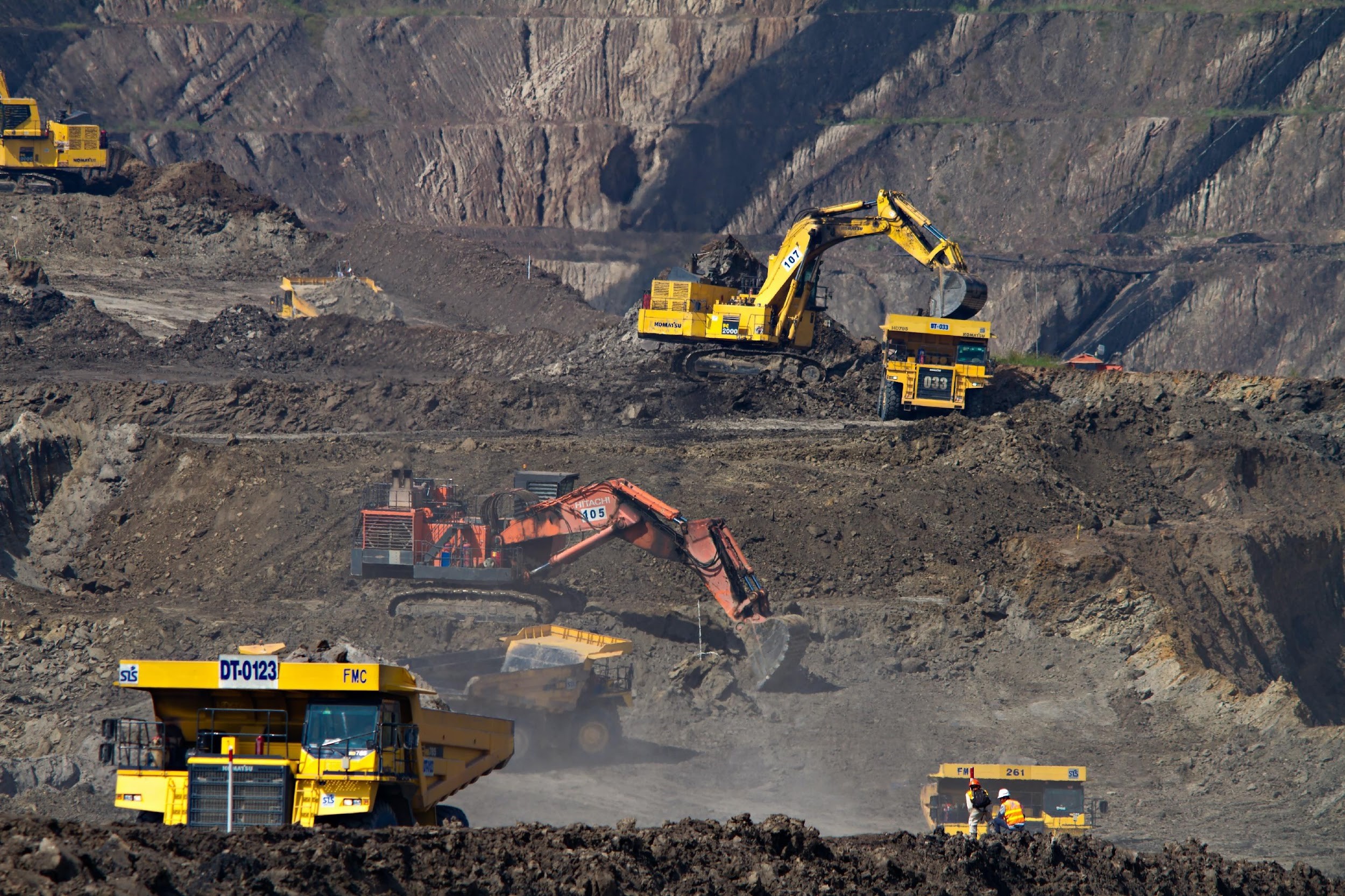
Excavation services in the UAE
- 1. Site preparation: Excavation services near Dubai can prepare your site for construction by removing soil, rocks, and other debris, ensuring that the site is level and suitable for building.
- 2. Foundation excavation: Excavation services near Dubai can prepare your site for construction by removing soil, rocks, and other debris, ensuring that the site is level and suitable for building.
- 3. Landscaping: Excavation services can also be used for landscaping, creating features such as retaining walls, pools, and garden beds.
- 4. Underground utilities: Excavation services can dig trenches for the installation of underground utilities, such as water and sewage pipes, electrical and telecommunications cables.
- 5. Demolition: Excavation services can assist with demolition, removing structures, and clearing the site for new construction.
- 6. Dewatering: Excavation services near Dubai can also provide dewatering services, removing excess water from construction sites, ensuring that the site remains dry and suitable for building.
Overall, excavation services in the UAE can help you prepare your site for construction, create features, and remove obstacles, ensuring that your construction project is completed efficiently and effectively.









